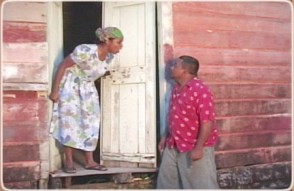
Sadeek and Guyanese drama
(Continued from last week) Tiwari and Yarde were strong leads in Neaz Subhan’s production of Sheik Sadeek’s Black Bush, with the ability to capture both situation and characters convincingly.

(Continued from last week) Tiwari and Yarde were strong leads in Neaz Subhan’s production of Sheik Sadeek’s Black Bush, with the ability to capture both situation and characters convincingly.
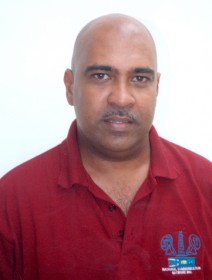
It is very significant to note that in his continuing programme of theatrical productions to highlight Indian culture in Guyana, director Neaz Subhan, on behalf of the Indian Arrival Committee, produced three plays by Sheik Sadeek.
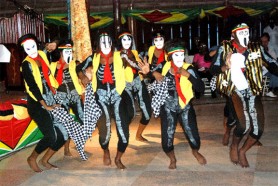
The popular appeal of dance in Guyana has escalated quite as much as the rising numbers of new dance groups and companies.
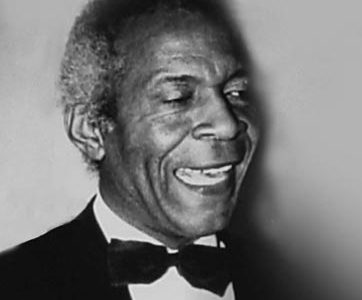
Trevor Rhone’s plays are popular in Guyana, as one would expect them to be given their dramatic power and the fact that they are the work of a major dramatist who has produced some
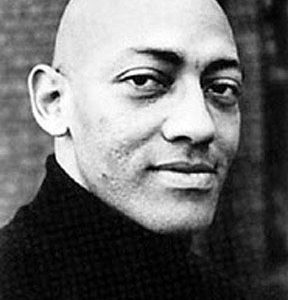
The revival of Trevor Rhone’s powerful drama Old Story Time by the Theatre Guild allows a timely new focus on this important Caribbean classic.

Conclusion Interestingly, although Oswald Hussein is not an intuitive artist, this kind of atavistic spirituality is what lies behind the striking force of his work.
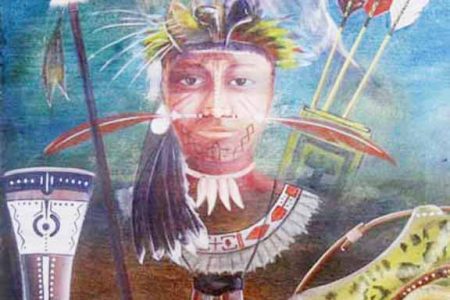
Continued from last week The single event responsible for the world really taking notice of Amerindian art as a major subject and its rise to its present power was the exhibition of six men identifying themselves as ‘Lokono Artists’ at the Venezuelan Cultural Centre in 1998.

By Akima McPherson Stemming from Nochlin’s article, themed exhibitions showing work of previously neg-lected groups within the art community became staple: Black American artists, His-panic American artists, Native American artists, etc, and numerous books were written dedicated to the re-inclusion of women in the Western art narrative.

Part 2 By Akima McPherson From the 15th through the 19th century the nude was essential to art, especially to grand history paintings.
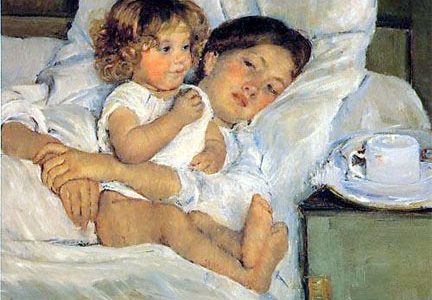
This discussion by Akima McPherson places the importance of the Guyana Women Artists’ Associa-tion in the context of the historical development of women artists globally.

Creole Gang Baling and throwing Among green canes from rusty punts, their sweated faces Show how many days and nights have passed between cane roots and black streams, sunburnt trashes and parched earth, Wearied days and restless reality.
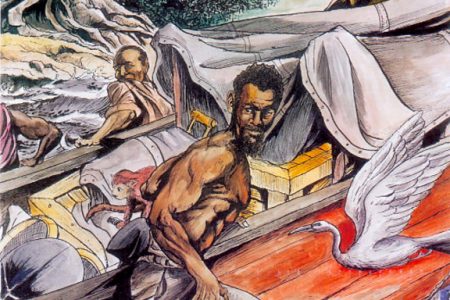
Mining for gold and diamonds is a major industry in Guyana.

Revolutionary South African poet Mazisi Kunene equated “mother” with the earth, not only the ground, the bare earth, which is sacred to many traditions, but the world, the globe of humanity, and with a symbol of international unity.

It can be said that the arts have always had a very close relationship with the environment and this has become much more sharply relevant in the current climate of global warming, rainforest conservation and carbon consciousness.
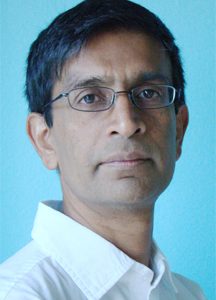
Sasenarine Persaud is among the established contemporary Guyanese writers. He settled in Canada for several years before moving to the USA and has published six collections of poetry and three books of fiction as a novelist and short story writer.

The month of August is usually given over in the Caribbean to the commemoration of emancipation.
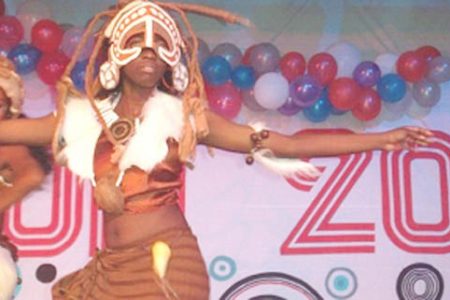
Costume designing came into focus once again when the Theatre Guild of Guyana held a workshop on the subject recently.

Part 2 Last week the Caribbean celebrated the anniversary of Emancipation and we commented on the great impact it has had on the culture of the region.
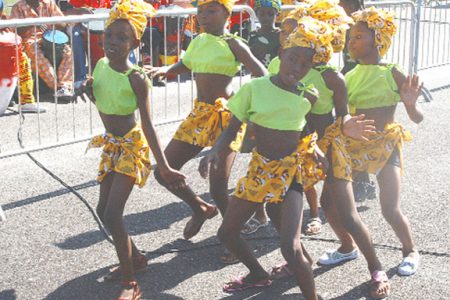
Today is Emancipation Day with celebrations across the Caribbean. It is also the carnival period in some of the territories when the important national festival of the respective countries is held.

Arts on Sunday presents another in a series of articles revealing the Caribbean interest in Brazilian literature, and Guyanese writers’ engagement with Brazil.
The ePaper edition, on the Web & in stores for Android, iPhone & iPad.
Included free with your web subscription. Learn more.